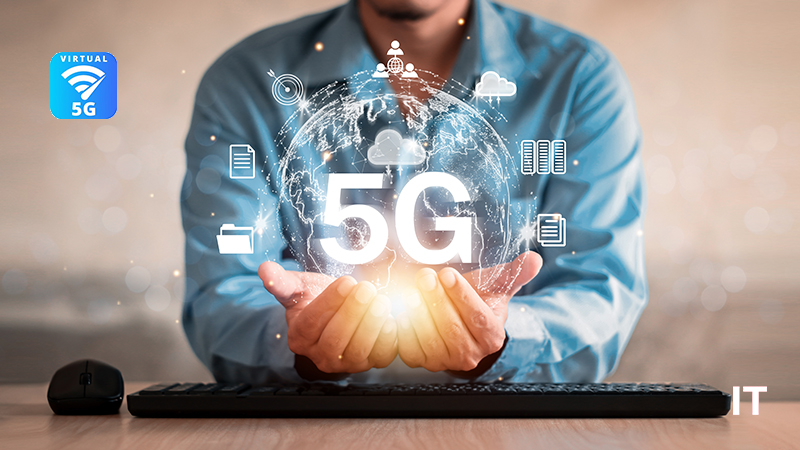Virtual Internet announced that Virtual 5G has now been enhanced to provide increased performance and security for platforms that incorporate wearable technologies. Virtual 5G enhancements are now fully automated and users do not need to make any special configuration changes to enable enhancements for their wearables. Virtual 5G enhancements allow wearables to deliver on their promise and purpose.
These wearable devices, such as Smartwatches, use dedicated biosensors to determine health and fitness metrics, but rely on phones and tablets with apps which communicate with systems in the cloud. Smartwatches typically communicate with Smartphones via Bluetooth, and NFC, however Wi-Fi, 3G, and 4G/LTE is being increasingly used to connect watch/wearable to phone.
Virtual 5G now supports the most widely used platforms such as Wear OS (formerly Android Wear) a version of Google’s Android operating system designed for Smartwatches and other wearables, Apple watchOS, the operating system of the Apple Watch, based on iOS, the operating system used by the iPhone, and Zepp OS, Amazons Amazfit’s fitness watches which also require a Smartphone and works with iPhones and Android phones equally.
Technological advancement in wearable health devices has developed low-consumption and high-integration sensor technology with low-power high-performance battery technology and high processing chip technology. Consumer Wearables are increasingly attempting to determine useful health and fitness metrics. Wearable Health Devices (WHDs) are an emerging technology that enables continuous ambulatory monitoring of human vital signs. While some sensors, Altimeters, Pedometers, Barometers, Thermometers, etc., are accurate; however, the sensors used for Health and Medical purposes, Heart sensors, Blood sensors, and Temperature sensors which are more critical, are often less accurate.
Wearable Device sensors need connection to the network, yet Network issues of Bandwidth, Security, Privacy and Performance impact the utility of Wearable Health Devices. Virtual 5G enhancements for Wearables now eliminate the Network issues that impact wearable connections to Cloud Based Medical grade systems for collection, analysis, correlation, correction, decision making, and interventions.
As wearable technologies are being increasingly used for clinical research and healthcare, it is critical to understand their accuracy varies; measurement errors may impact healthcare decision-making. Accuracy of wearable technologies has been a hotly debated topic in the medical community. Wearable technology companies are responsible for assessing and reporting the accuracy of their products. For example, Heart rate measurements from wearables are derived from photoplethysmography (PPG), an optical method for measuring changes in blood volume under the skin, where potential inaccuracies in PPG stem from three major areas, includes (1) diverse skin tones/types, (2) motion artifacts, and (3) signal crossover. Studies have shown significant differences between devices, between activity types, with absolute errors during activity that were on average 30% higher than during rest periods. Varying accuracy exists between different wearables through varying changes in activity, with implications for clinicians, and consumers in making health-related decisions using these devices.
SOURCE: PRNewswire

































